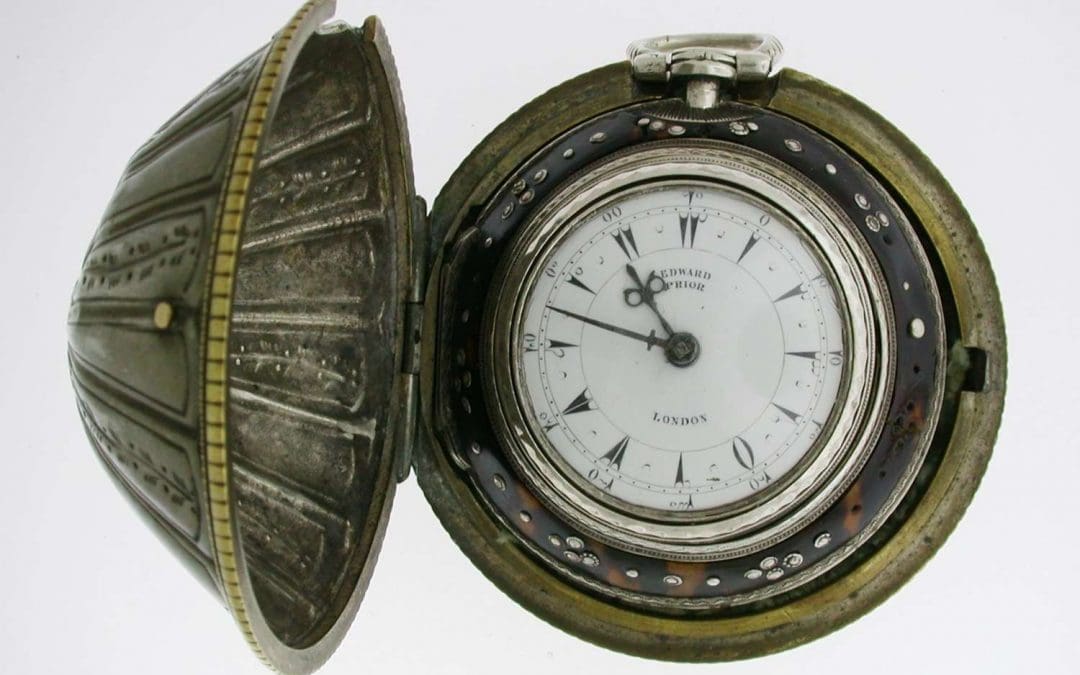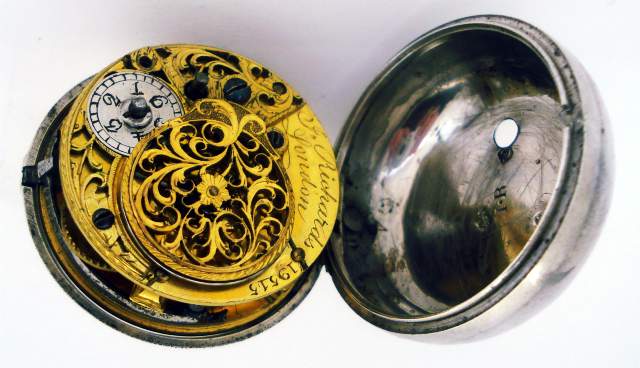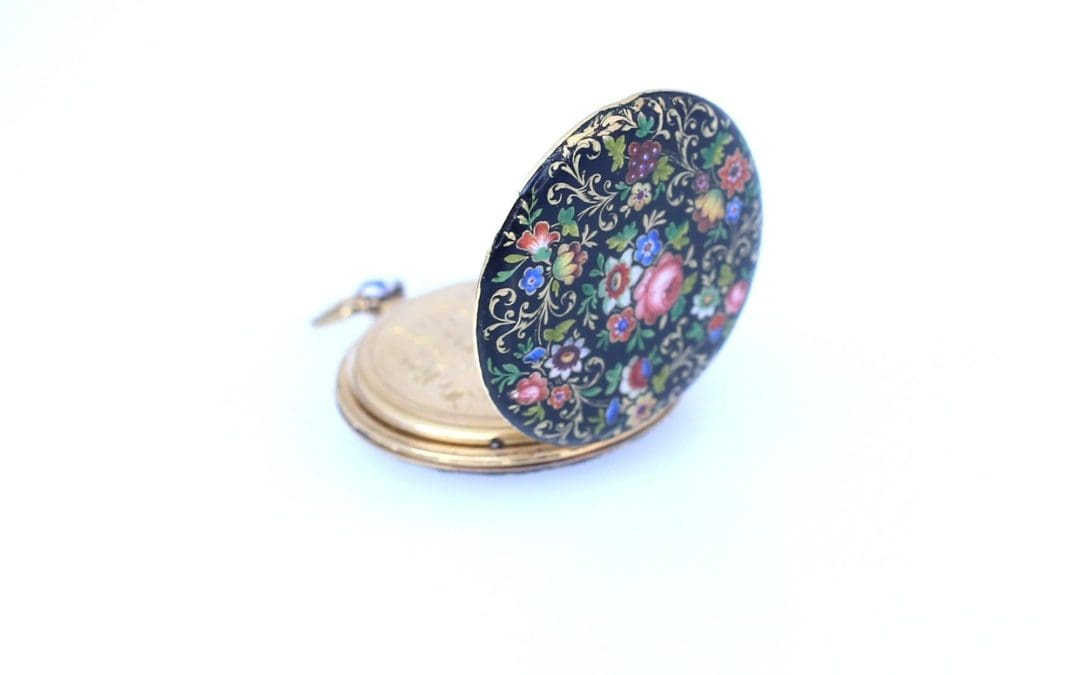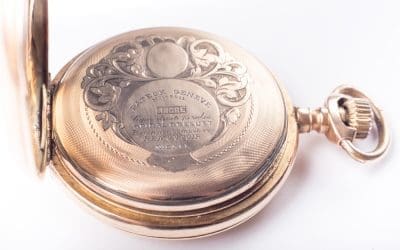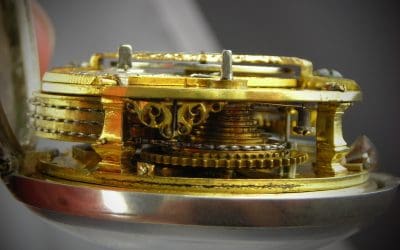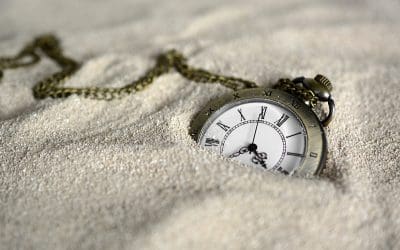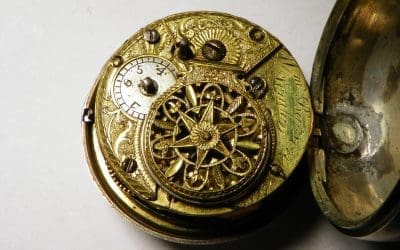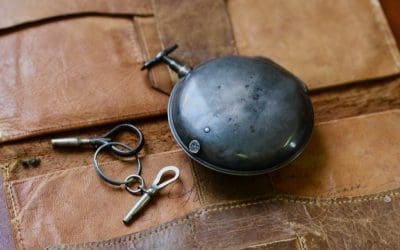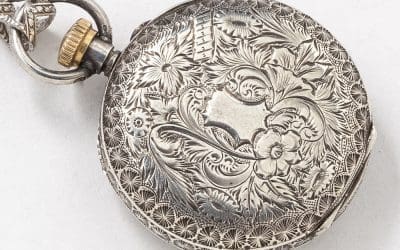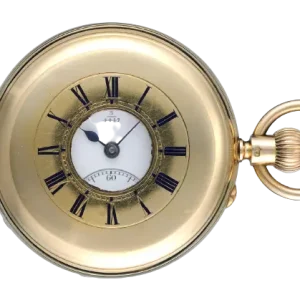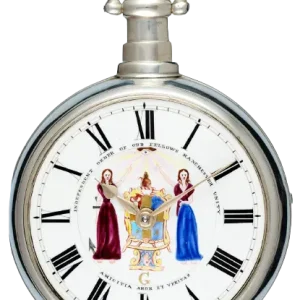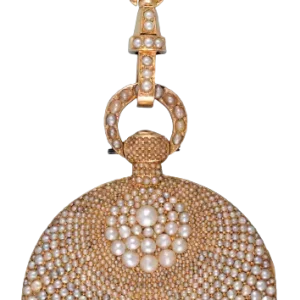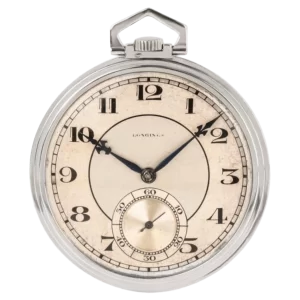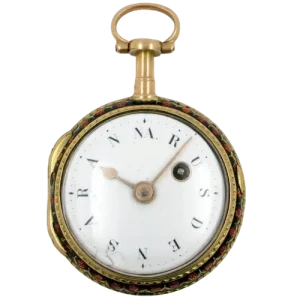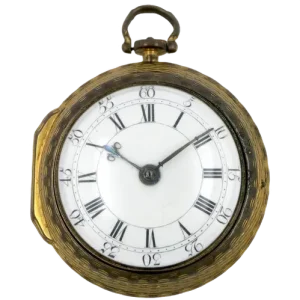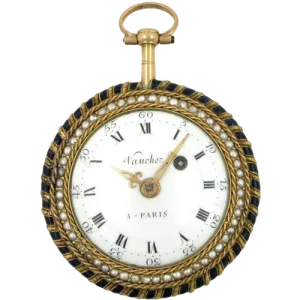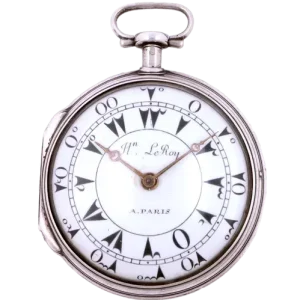Watch Museum Magazine
In the Watch Museum Magazine, embark on a fascinating journey into the art and engineering of timepieces. From the history of legendary watches and rare model showcases to care tips, valuations, and the latest horology news — it’s all here.
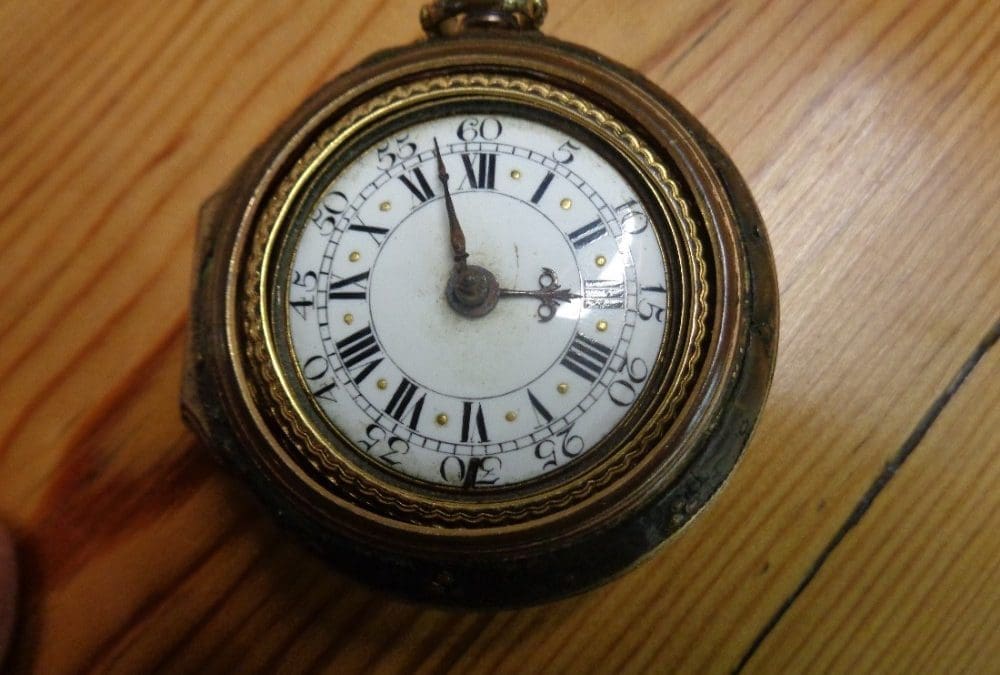
A Closer Look at Antique Pocket Watches
Antique pocket watches have long been cherished as both functional timepieces and symbols of status, tracing their origins back to the 16th century. Initially worn as pendants, these early devices were bulky and egg-shaped, often adorned with grill-work to protect the dial....

Antique Pocket Watches: A Brief Introduction
Antique pocket watches have long been a significant element in the evolution of timekeeping and fashion, tracing their origins back to the 16th century. These small, portable timepieces, first crafted by Peter Henlein in 1510, revolutionized personal timekeeping by offering a...
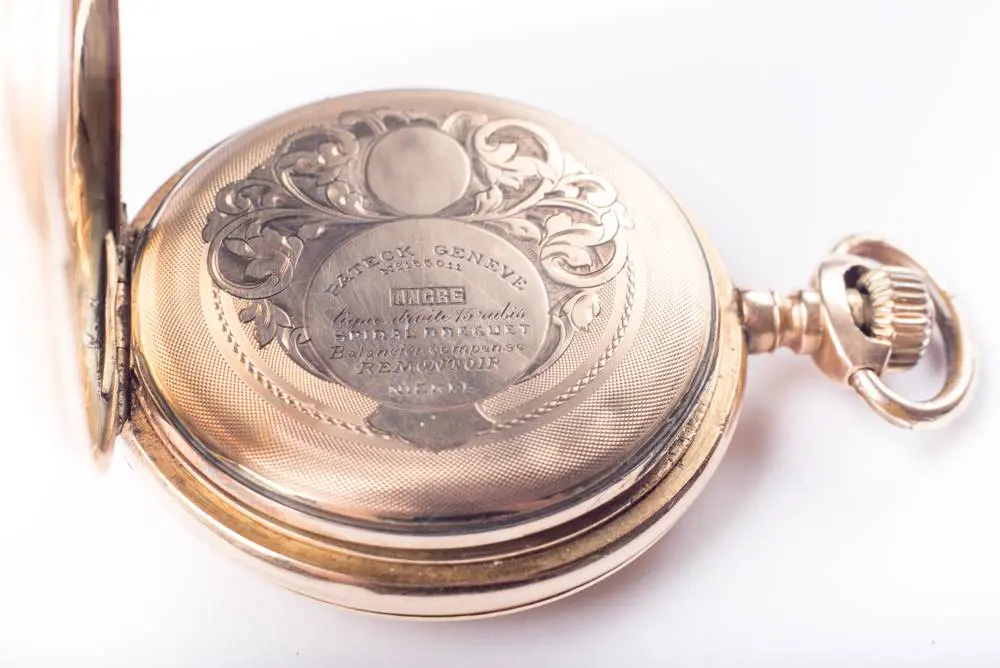
What Do those Words on My Watch Mean?
For many novice collectors and enthusiasts of European-made pocket watches, the plethora of foreign terms inscribed on the dust cover or movement can be quite perplexing. These inscriptions, often in languages like French, are not only foreign but also highly idiomatic and outdated,...
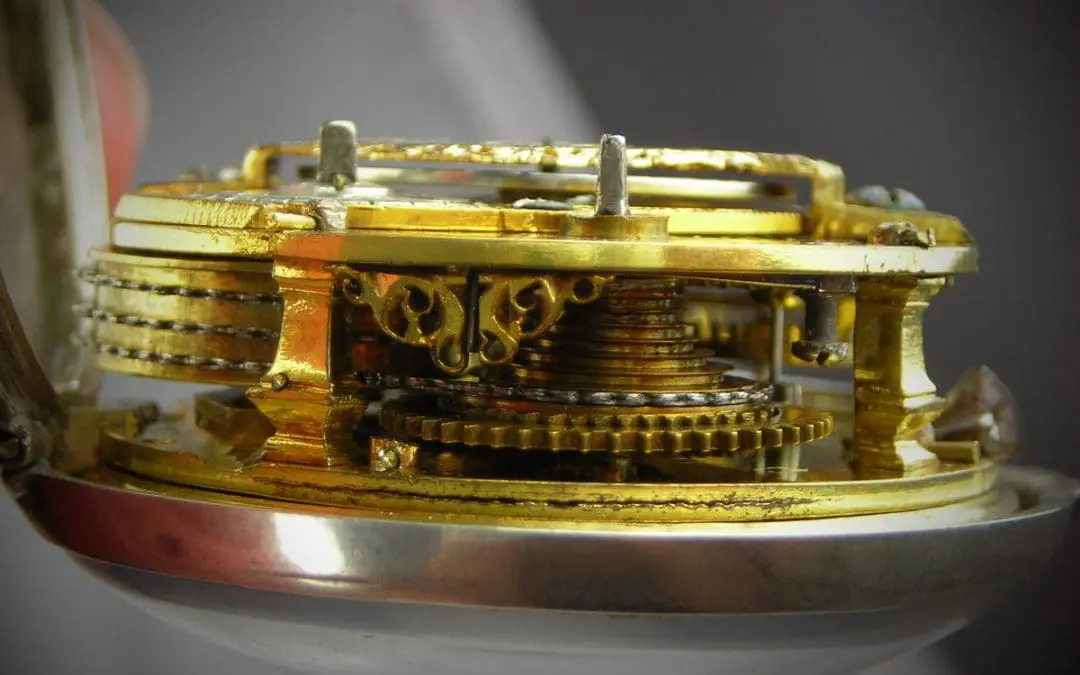
What is a “Fusee” Pocket Watch ?
The evolution of timekeeping devices has a fascinating history, transitioning from the cumbersome weight-driven clocks to the more portable and intricate pocket watches. Early clocks relied on heavy weights and gravity, which limited their portability and required vertical mounting. The...
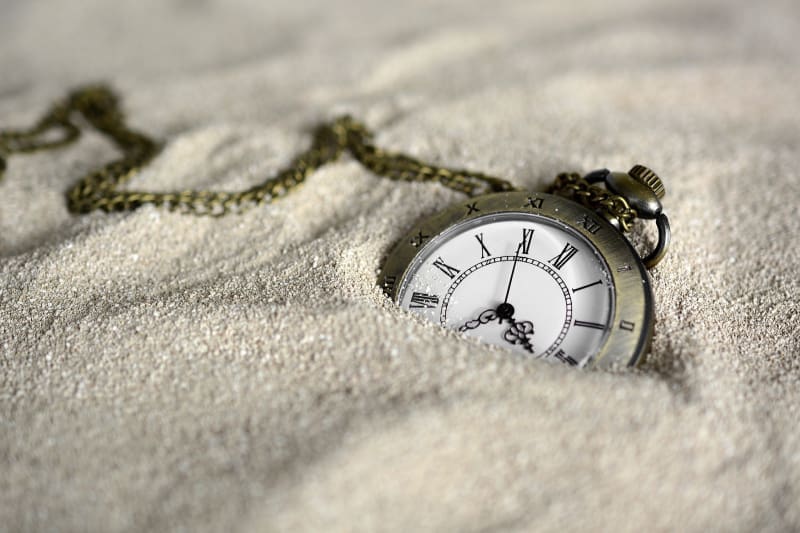
A Brief History of Timekeeping
Throughout history, the methods and importance of timekeeping have evolved dramatically, reflecting the changing needs and technological advancements of human societies. In the earliest agrarian cultures, the division of time was as simple as day and night, dictated by the presence of sunlight....
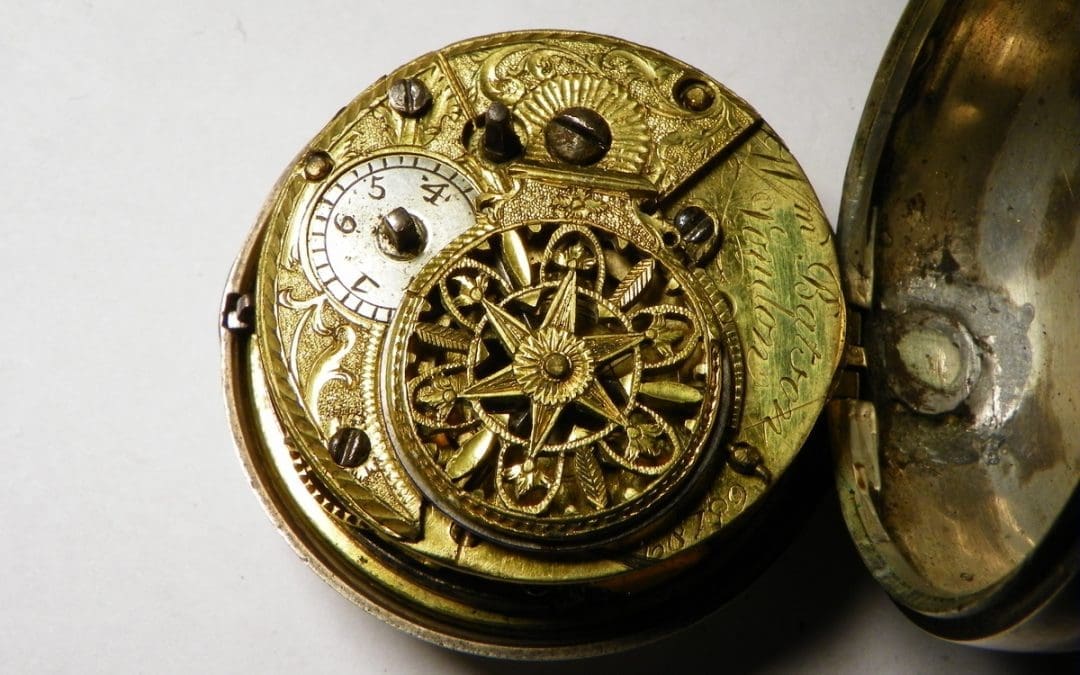
How Old Is My Watch?
Determining the age of a watch, especially older pocket watches, can be a complex task fraught with challenges. For many vintage European watches, pinpointing the exact production date is often an elusive endeavor due to the lack of detailed records and the variety of names under...

Most Common American Watch Companies
The landscape of American watchmaking is rich and varied, with several companies standing out for their historical significance and contributions to the industry. This article delves into the most common American watch companies, tracing their origins, innovations, and the legacies they...

Asking the “Experts” for Information about Your Watch
Hardly a day goes by that I don’t get e-mail from somebody wanting my help in identifying an old pocket watch that they just bought or inherited. Often the person includes a ton of detail about the watch, but at the same time fails to give me the information I actually need to help them. So, if...
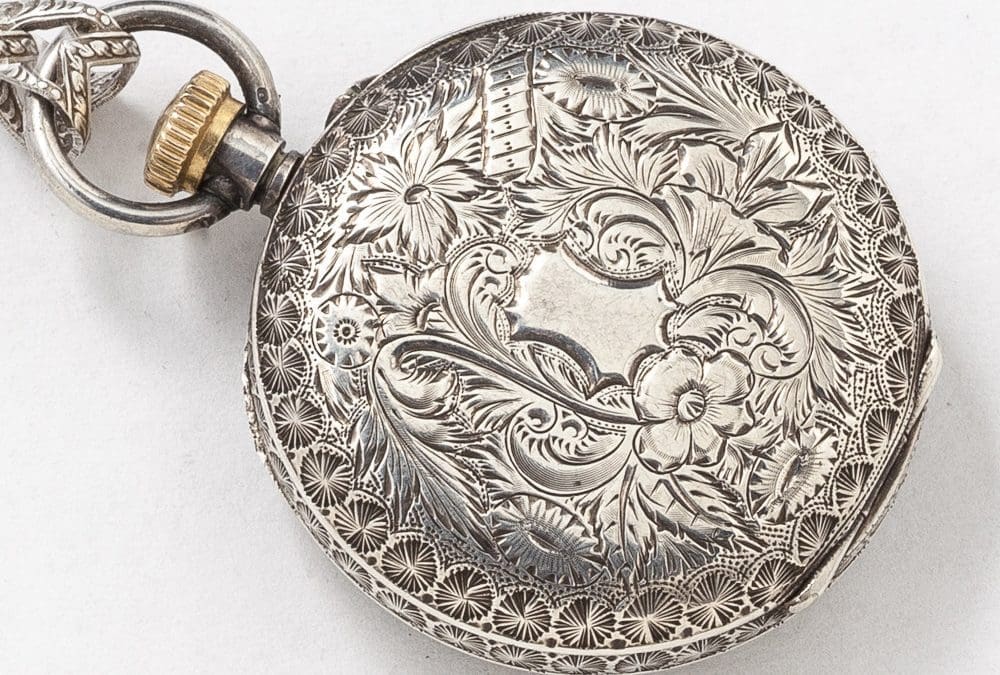
Antique Pocket Watches: “Real” Silver vs. Fake
Antique pocket watches, particularly those crafted from "real" silver, hold a timeless allure that captivates collectors and horology enthusiasts alike. These exquisite timepieces, often intricately designed and meticulously engineered, serve as tangible remnants of a bygone era, blending...
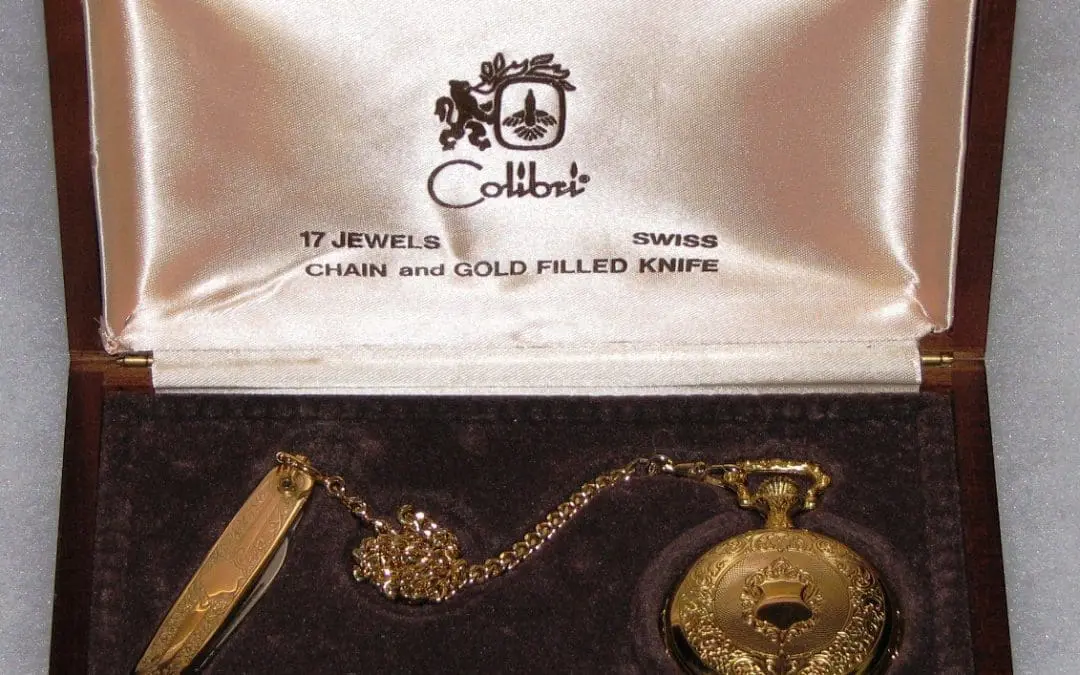
How to know if the pocket watch is Gold or just Gold-Filled?
Determining whether a pocket watch is made of solid gold or merely gold-filled can be a challenging yet essential task for collectors and enthusiasts alike. Understanding the distinction is crucial, as it significantly impacts the watch's value and authenticity. A solid gold case means...
A Closer Look at Antique Pocket Watches
Antique pocket watches have long been cherished as both functional timepieces and symbols of status, tracing their origins back to the 16th century. Initially worn as pendants, these...
Antique Pocket Watches: A Brief Introduction
Antique pocket watches have long been a significant element in the evolution of timekeeping and fashion, tracing their origins back to the 16th century. These small, portable timepieces,...
What Do those Words on My Watch Mean?
For many novice collectors and enthusiasts of European-made pocket watches, the plethora of foreign terms inscribed on the dust cover or movement can be quite perplexing. These inscriptions,...
What is a “Fusee” Pocket Watch ?
The evolution of timekeeping devices has a fascinating history, transitioning from the cumbersome weight-driven clocks to the more portable and intricate pocket watches. Early clocks relied on...
A Brief History of Timekeeping
Throughout history, the methods and importance of timekeeping have evolved dramatically, reflecting the changing needs and technological advancements of human societies. In the earliest agrarian...
How Old Is My Watch?
Determining the age of a watch, especially older pocket watches, can be a complex task fraught with challenges. For many vintage European watches, pinpointing the exact production date is...
Most Common American Watch Companies
The landscape of American watchmaking is rich and varied, with several companies standing out for their historical significance and contributions to the industry. This article delves into the...
Asking the “Experts” for Information about Your Watch
Hardly a day goes by that I don’t get e-mail from somebody wanting my help in identifying an old pocket watch that they just bought or inherited. Often the person includes a ton of detail about the...
Antique Pocket Watches: “Real” Silver vs. Fake
Antique pocket watches, particularly those crafted from "real" silver, hold a timeless allure that captivates collectors and horology enthusiasts alike. These exquisite timepieces, often...
How to know if the pocket watch is Gold or just Gold-Filled?
Determining whether a pocket watch is made of solid gold or merely gold-filled can be a challenging yet essential task for collectors and enthusiasts alike. Understanding the distinction is...

